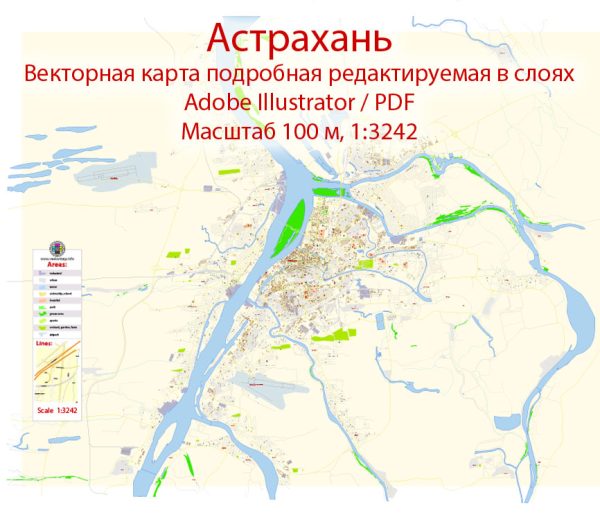Astrakhan is a historic city in southern Russia, located in the Astrakhan Oblast, near the Caspian Sea. Here is a brief description of the history of Astrakhan:
- Early History: Astrakhan’s history dates back to the 13th century. It was originally a Tatar settlement and later became part of the Golden Horde, a Mongol khanate. In the 15th century, it fell under the control of the Grand Duchy of Moscow.
- Role in the Silk Road: Astrakhan was an important point on the Silk Road trade route, connecting Europe and Asia. It became a center for trade and cultural exchange.
- Conquest by Ivan the Terrible: In the 16th century, Tsar Ivan the Terrible launched a successful military campaign to conquer Astrakhan in 1556. This marked a significant event in the expansion of the Russian state and its southern borders.
- Fortifications and Trade: Astrakhan became a fortified city, and the Kremlin of Astrakhan was constructed during the 16th century. It served as a strategic military outpost and a center for trade along the Volga River.
- Diverse Population: Over the centuries, Astrakhan developed a diverse and multi-ethnic population, including Russians, Tatars, Kazakhs, and various other groups.
- Role in Russian History: Astrakhan played a role in several pivotal events in Russian history. It was a center of trade, diplomacy, and military activities during the time of the Russian Empire.
- Caspian Sea Trade: Astrakhan’s location near the Caspian Sea made it an important hub for Caspian Sea trade and fishing.
- Soviet Era: During the Soviet era, Astrakhan continued to be a significant regional center. It played a role in various economic and industrial developments.
- Modern Astrakhan: Today, Astrakhan remains a regional center for commerce and culture. It is known for its unique blend of Russian and Central Asian influences, as well as its diverse culinary traditions.
- Cultural Heritage: Astrakhan is known for its cultural heritage, including traditional music, dance, and crafts that reflect its multi-ethnic history.
Astrakhan’s history is rich and multifaceted, reflecting the region’s strategic location and the interplay of different cultures and influences over the centuries. The city continues to be an important regional center in contemporary Russia.


 Author: Kirill Shrayber, Ph.D.
Author: Kirill Shrayber, Ph.D.